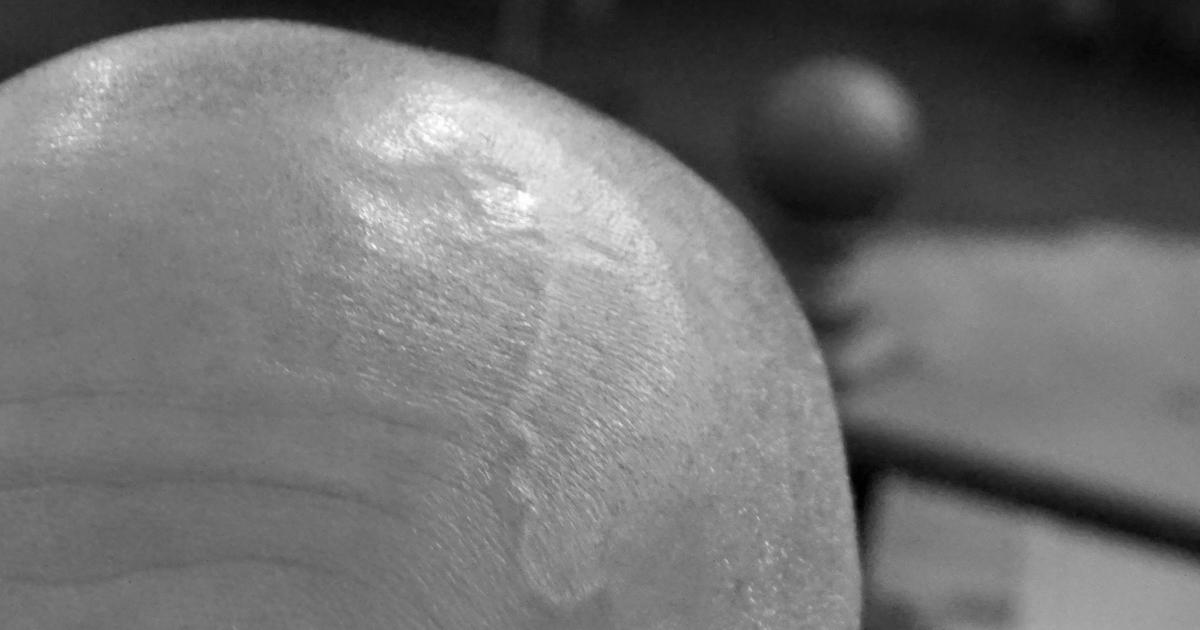Guide To The Symptoms Of Cowden Syndrome
Enlarged Head

An individual with macrocephaly (an enlarged head) may be affected by Cowden syndrome. Someone's head is considered enlarged when the circumference is larger than the ninety eighth percentile for their respective age. An enlarged head is a symptom that occurs in 84 percent of all individuals who are affected by Cowden syndrome. The enlarged head may be caused by a number of hamartomatous growths that develop in the cerebellum or other parts of the head.
Macrocephaly that occurs as a result of Cowden syndrome can produce complications such as increased intracranial pressure, slowed growth of the rest of the body, a higher risk of developing epilepsy and autism, mental disabilities, and mental delays. An enlarged head can be investigated further through the use of an MRI scan and a CT scan. Macrocephaly in some Cowden syndrome patients can be accompanied by dolichocephaly or a head that is longer than average, or too long to be proportionate to the width of the head.
Vascular Abnormalities

Vascular abnormalities are a common presentation in Cowden syndrome. The most prevalent types of vascular abnormalities are arteriovenous malformations, hemangiomas, and developmental venous anomalies. A hemangioma is a noncancerous growth or tumor on the body comprised primarily of tangles of blood vessels. An arteriovenous malformation is an abnormal clump of tangled blood vessels with arteries that connect to veins, which is an anatomical anomaly that causes a disruption in normal blood flow.
A developmental venous anomaly is an abnormal and noncancerous growth containing small veins that centralize in an abnormal arrangement that appears similar to the spokes found on a wheel and drains into one bigger central vein. These venous malformations are most commonly found in the brain or spinal cord. Most patients who have vascular abnormalities from Cowden syndrome do not experience direct problems from them.
